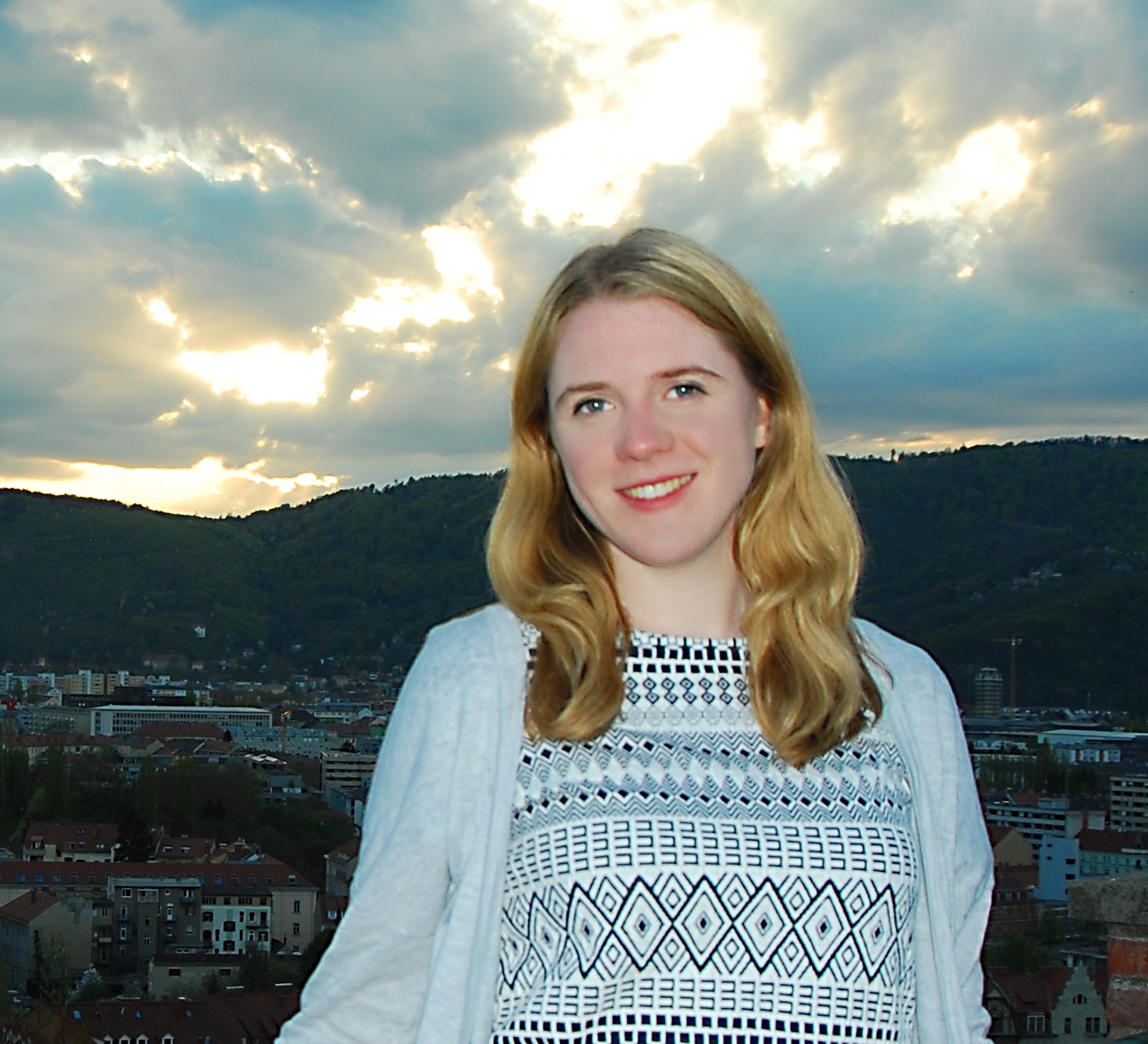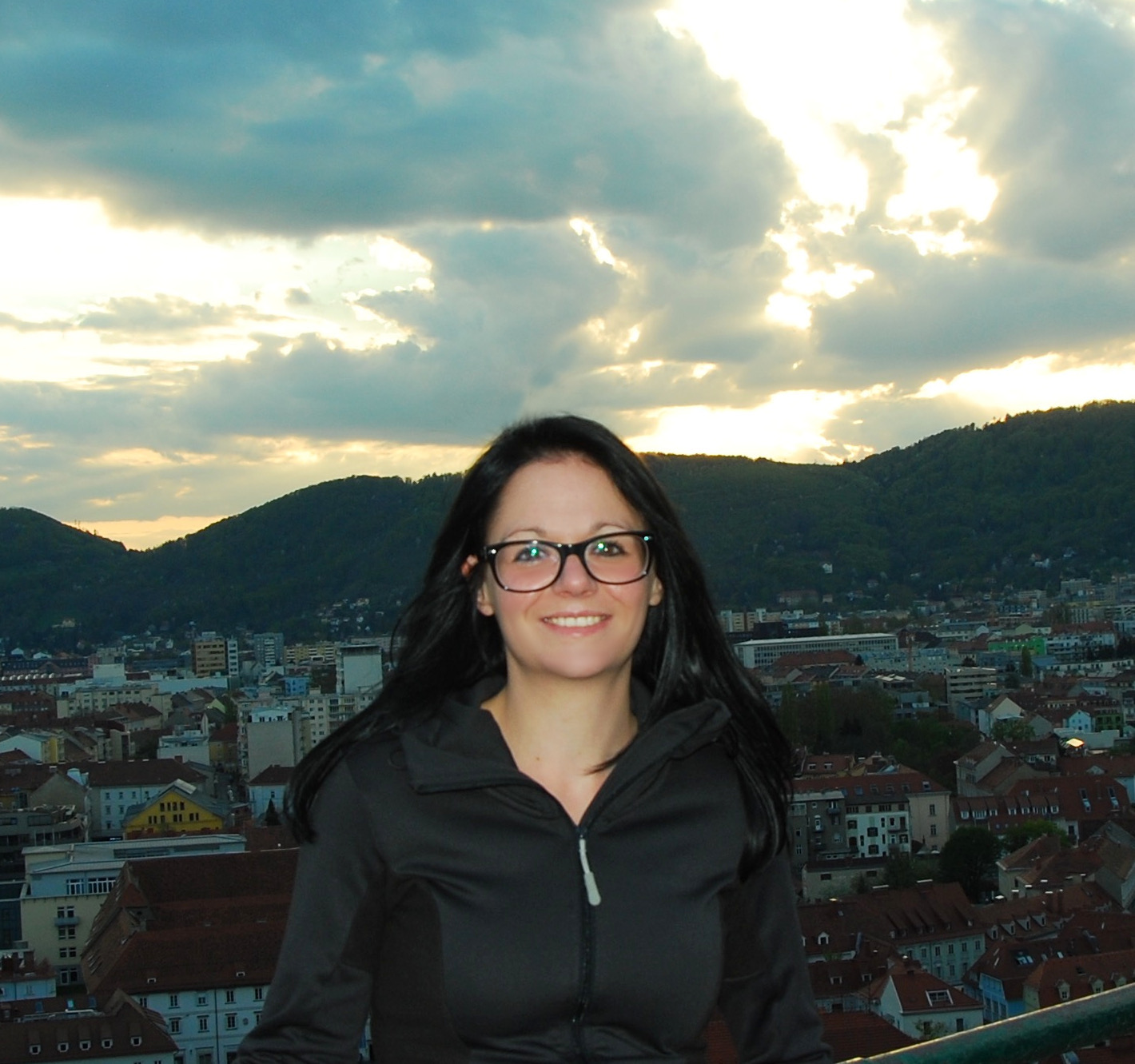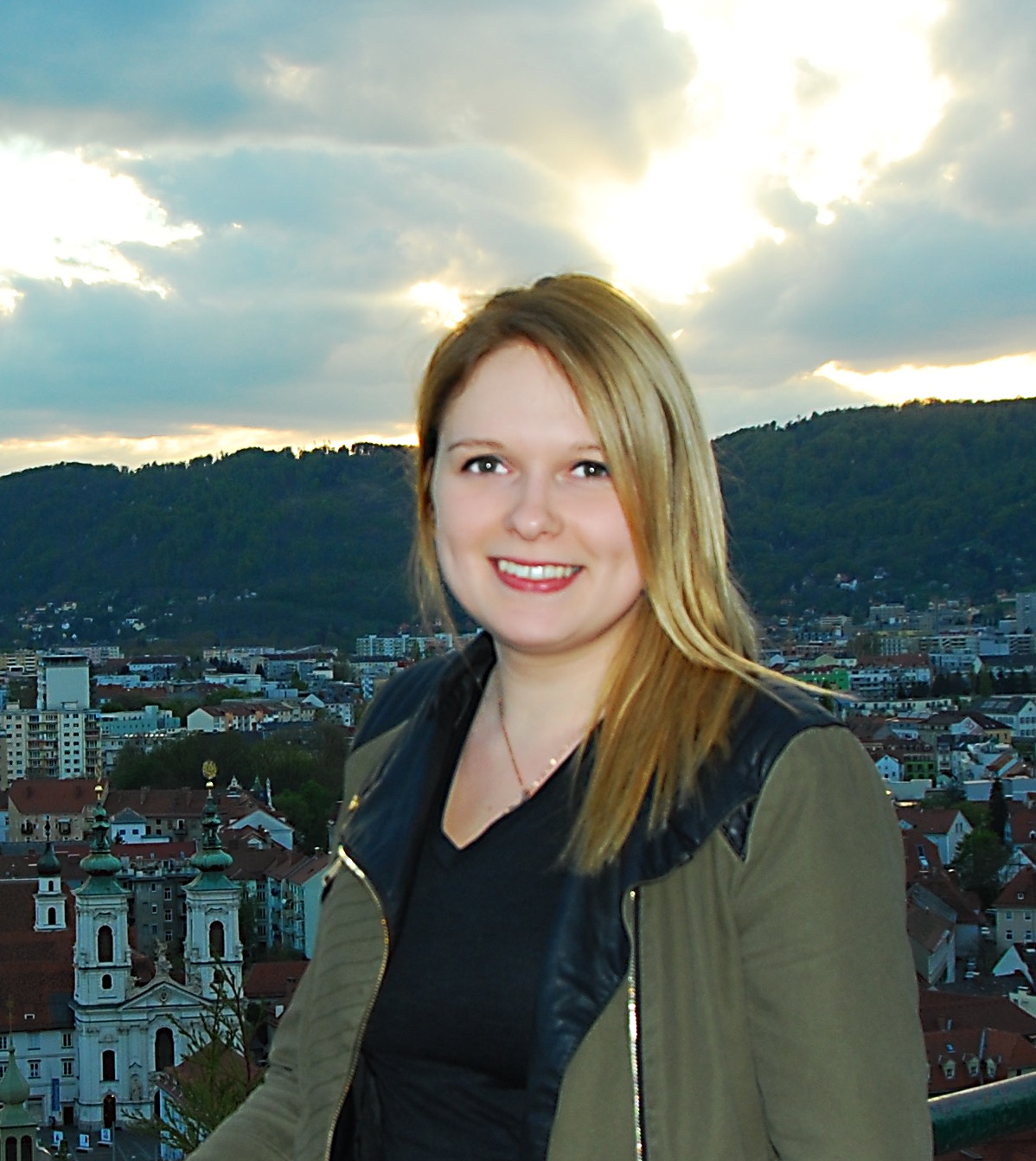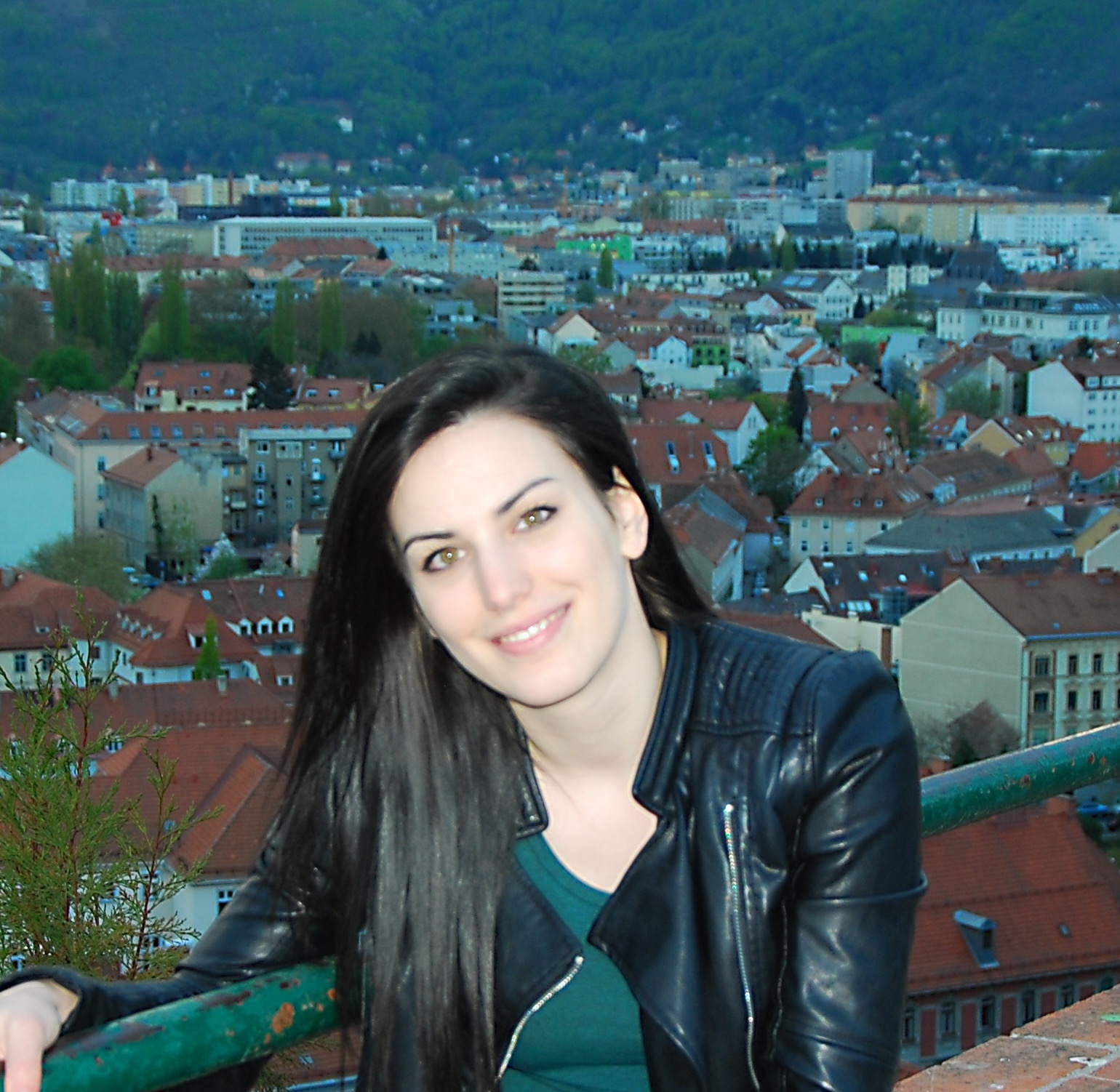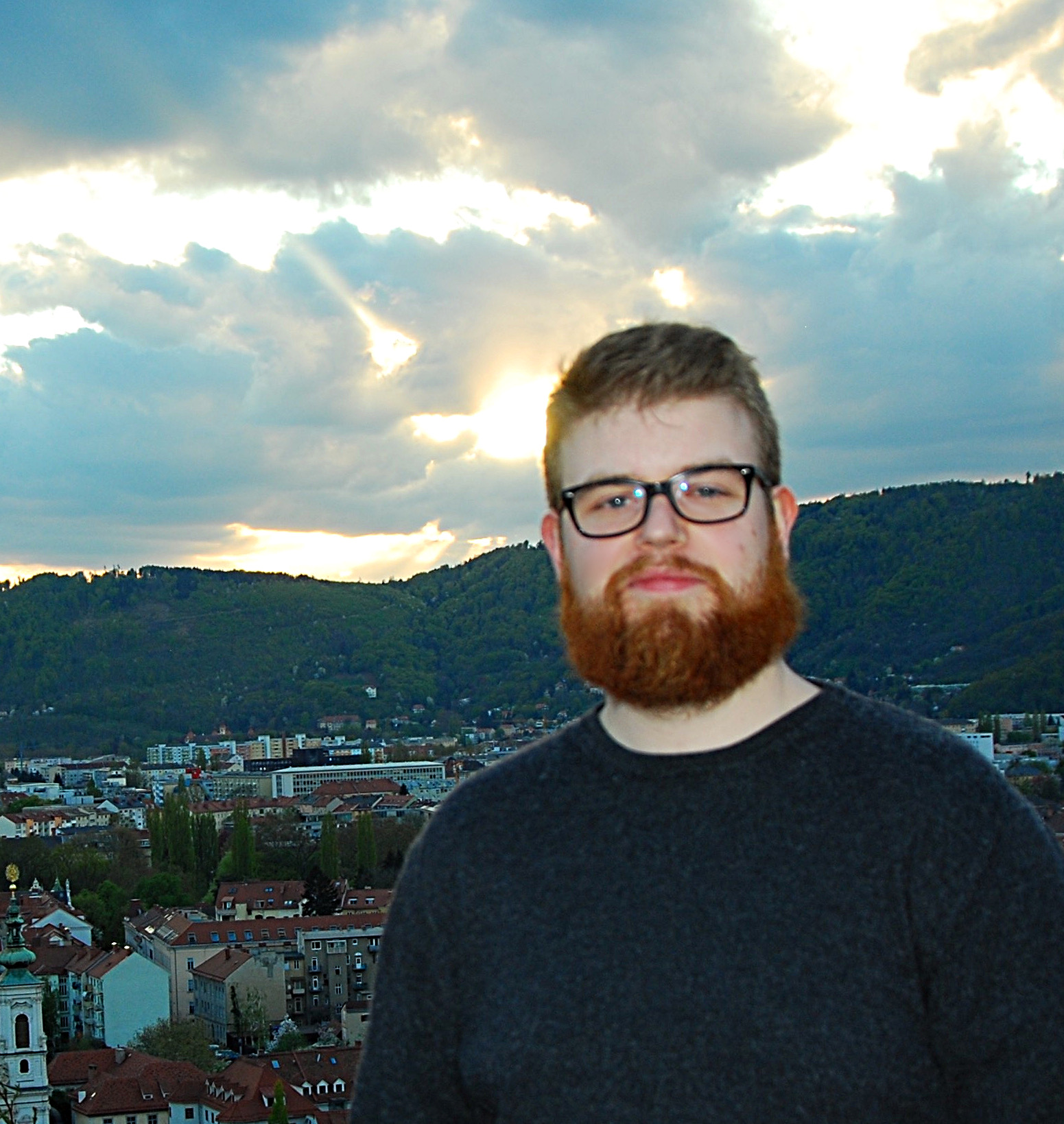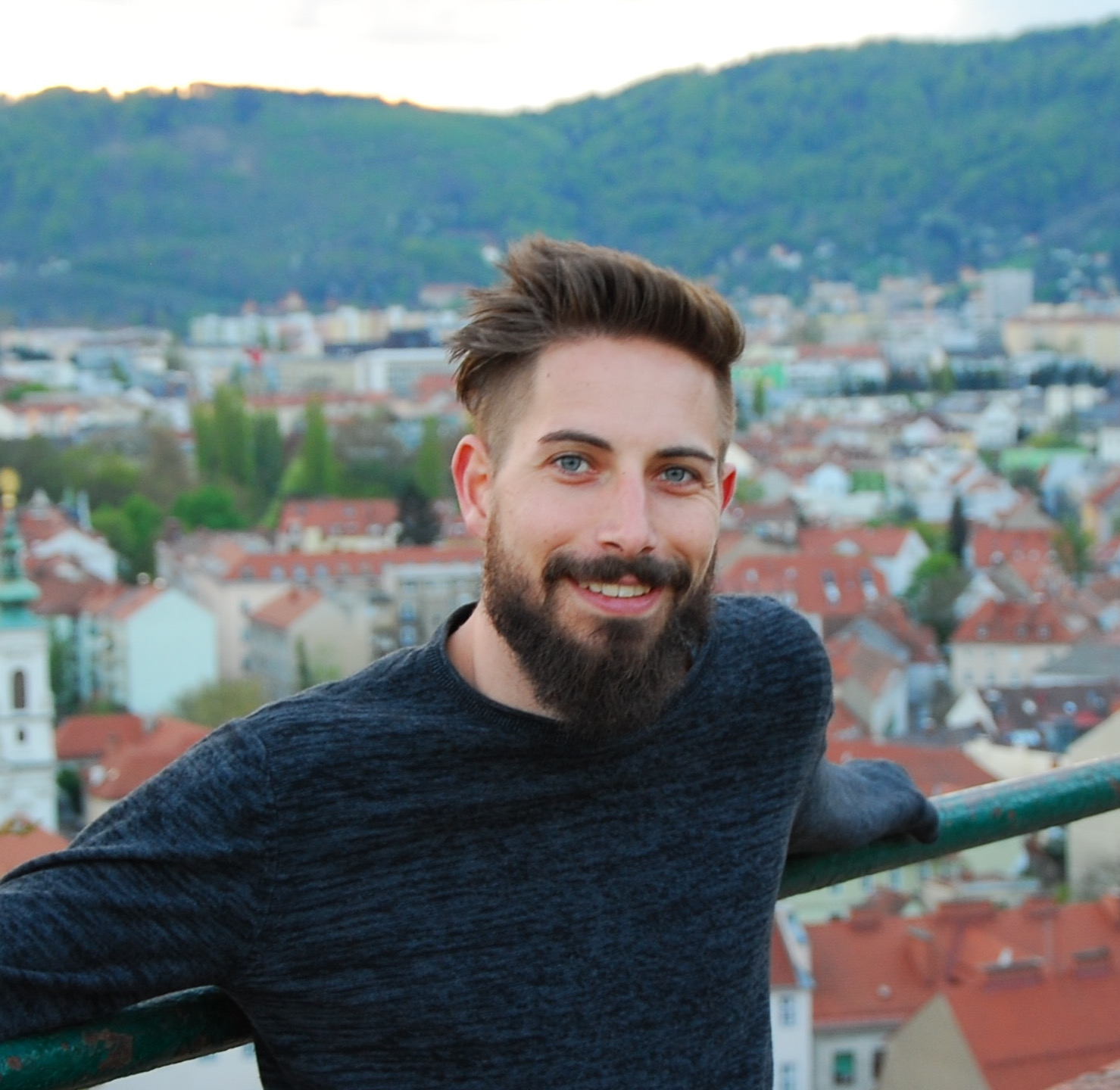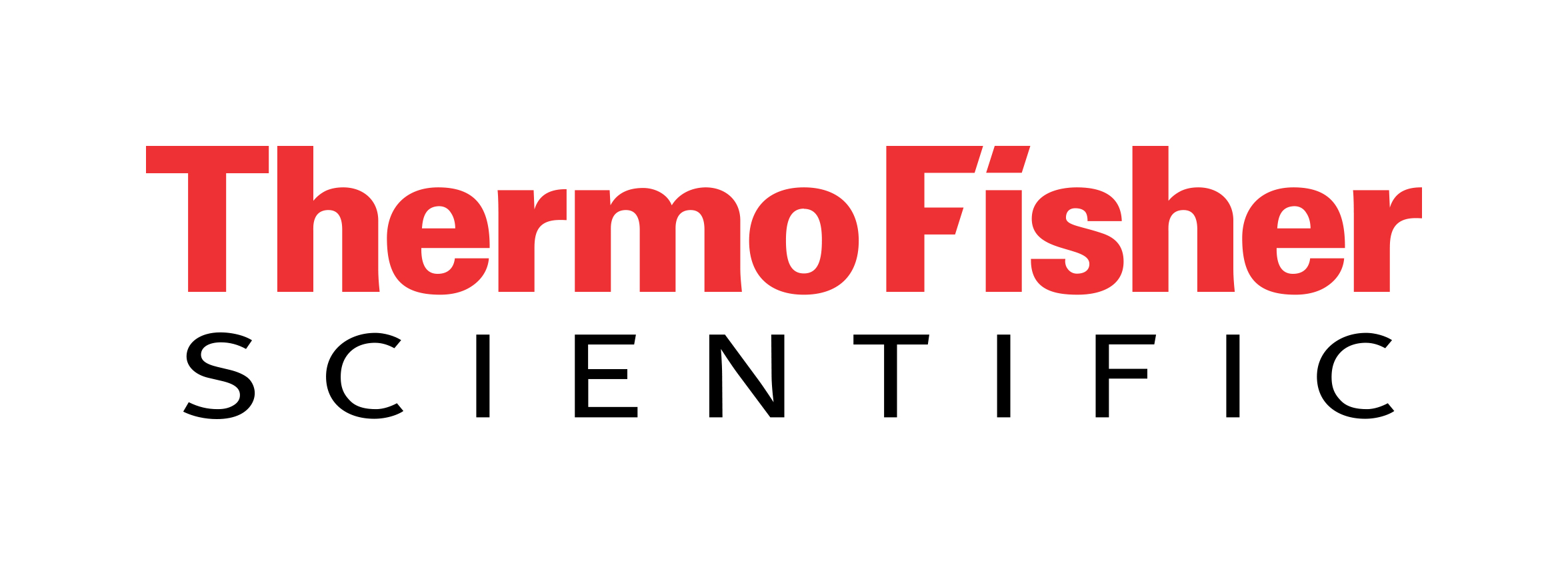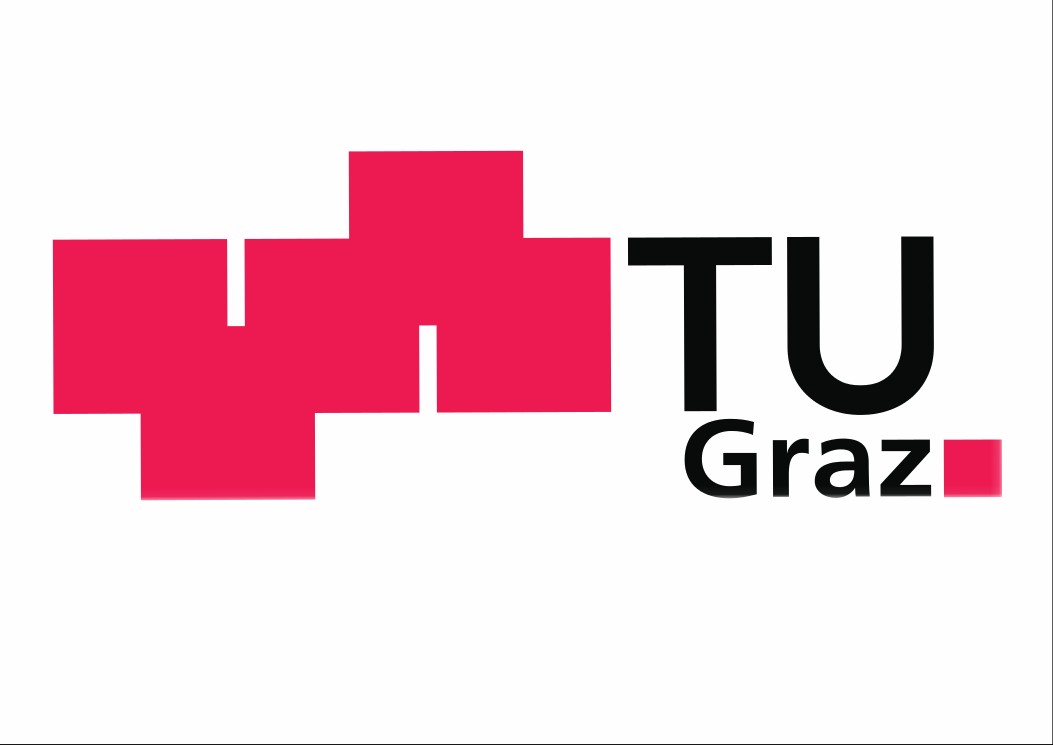| Line 185: | Line 185: | ||
<div id="nawimain"> | <div id="nawimain"> | ||
| − | + | <div id="wrapper"> | |
| − | + | <div class="sponsoring"><img src="/wiki/images/9/9f/Thermo-Fisher.jpeg"/></div> | |
| − | + | <div class="sponsoring"><img src="/wiki/images/1/1a/Zeta.jpeg" /></div> | |
| − | + | <div class="sponsoring"><img src="/wiki/images/0/00/Microsynth.jpeg" /></div> | |
| − | + | <div class="sponsoring"><img src="/wiki/images/5/5f/TU_Graz.jpeg" /></div> | |
| + | <div class="sponsoring"><img src="/wiki/images/e/e5/KFU.jpeg" /></div> | ||
| + | |||
| + | |||
| + | |||
| + | |||
| + | |||
| + | |||
| − | |||
| − | |||
| − | |||
</div> | </div> | ||
</div> | </div> | ||
Revision as of 17:00, 16 August 2016
THE MOVIE
PROJECT
The Last Colinator
The human microbiome – the totality of all on and in us living microorganisms represents about 2 kilos or 4 pounds of our body weight. The world of microorganisms has by now left specialized laboratories or ancient textbooks and reached the minds of people every day. The awareness about bacteria-human interaction increases steadily.
The market for probiotics is booming, resistance against antibiotics causes losses in billions each year, not to mention human health effects. At exactly this point our project sets in. Our goal is to develop new metabolic pathways which allow our test bacteria to utilize nutrients more efficiently, to degrade toxins or to produce new antibiotics. To come straight to the point our project, called „The Last Colinator“, is dealing with selective pressure, spontaneous mutation, antibiotics resistance and the finding of new selection markers.
To reach this goal it is not enough to sit back and wait for the bacteria to do it on its own, the mills of evolution grind slowly. The driving force of evolution is stress in form of changing environment conditions as food shortage, changes in climate, natural enemies etc. Exactly those evolutionary conditions we are about to simulate.
On a culture dish – the arena – we spread out two different bacteria strains – the competitors. Each strain is equipped with certain skills which are harmful or which give it a protective shield against the competitor. That may be the ability to produce a toxin, to grow faster, to have better defense mechanisms etc. Those abilities are genetically determined by genes and therefore can be modified by molecular biologic methods. We are modifying our genes of interest in a way that they are more prone to mutagenesis by environmental stress and are thereby more effective in adapting on changing conditions.

Altogether 4 different strains of Escherichia coli are used and created, different features each. Strain 1 for example comprises ccdB/ccdA genes (toxin-antitoxin-system), a DAM methylase gene and a chromoprotein gene for the visible tracking. Every strain receives its own characteristic chromoprotein genes, as well as, toxin/antitoxin genes. Every stain gets the DAM-methylase gene, though. The DAM-methylase leads to increased spontaneous mutation.
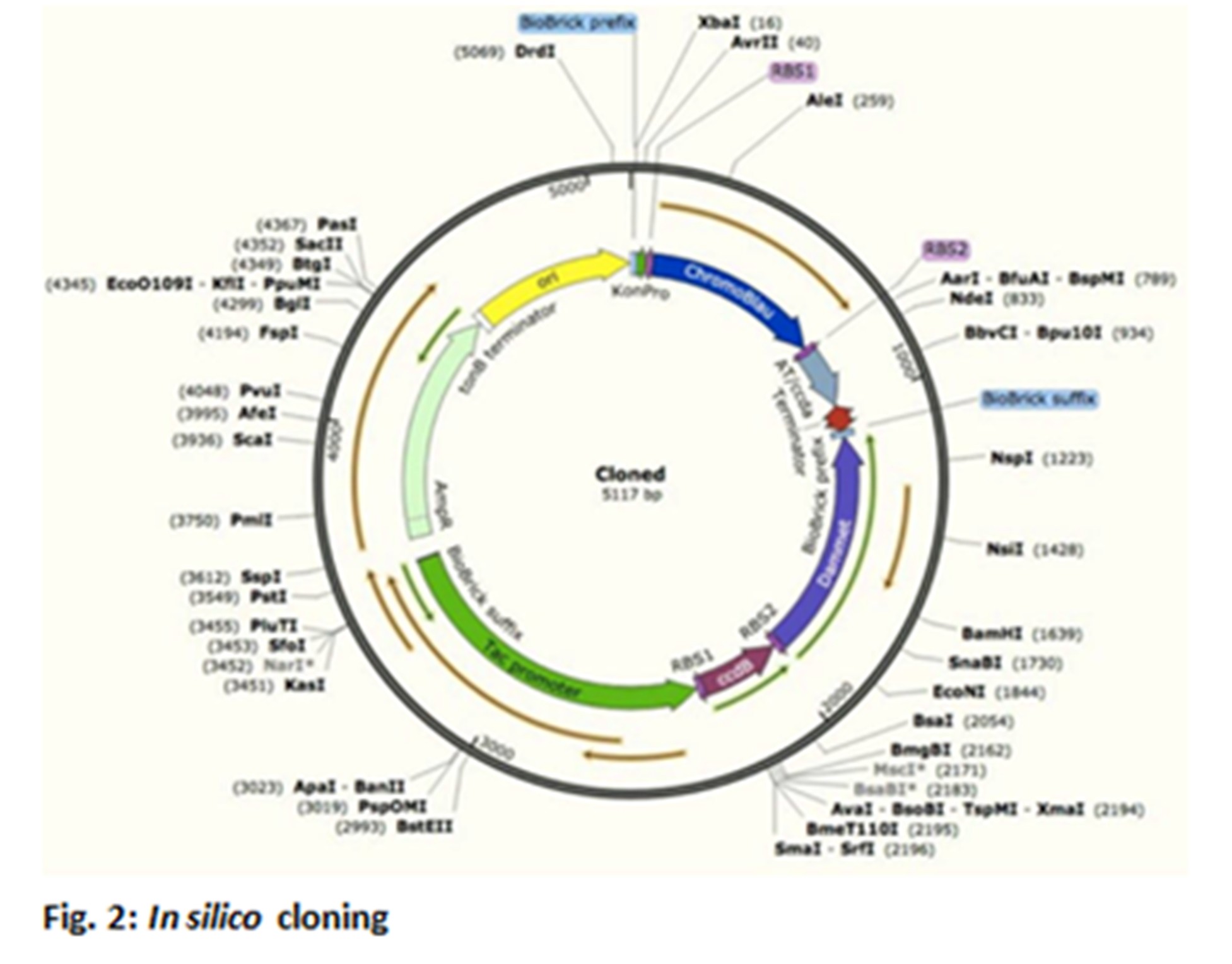
The environmental conditions like nutrient availability, temperature, pH etc. are chosen in a manner to generate highest possible stress for the bacteria, this will push evolution additionally. At the end one strain will be the sole survivor. The reason for its survival will be the fact that it developed a way or an ability to adapt faster or more efficient to those harsh life conditions. That may now be a new antibiotic, a new metabolic pathway for toxin degradation, better utilization of nutrients or many more. Furthermore, innumerable selection markers are created. These markers can later be utilized in various projects, e.g. at the creation of recombinant proteins.
Team
